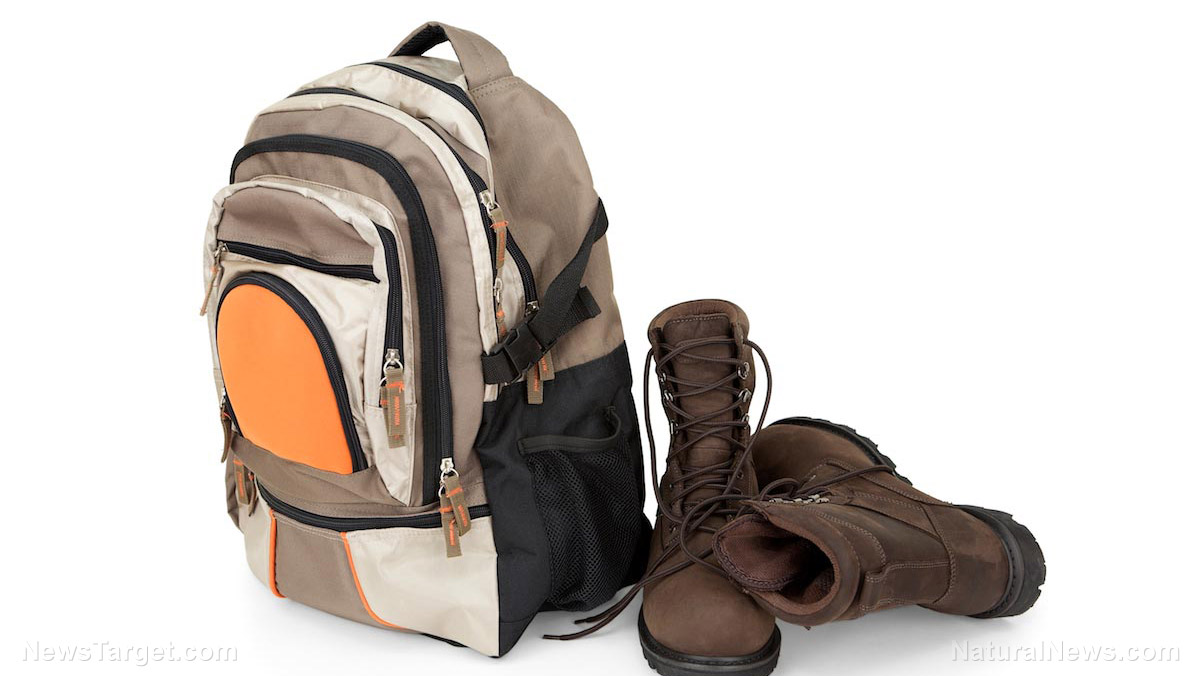
Advertisement
When it comes to survival, any prepper should be ready for any situation. This includes having all the right tools available inside their bug-out bags to help them survive. However, not all tools are as useful as others. As a prepper, you need to be able to determine which items are useful to keep around and which ones are better off in the scrap heap. (H/t TheOrganicPrepper.com)
What works and what doesn’t
When hiding out in the wilderness, packing light can be a huge asset that could keep you alive. However, packing light also includes leaving out some must-have gear in favor of others. Listed below are several important survival tools that are sure to make a big difference if you include them in your survival kit. (Related: The best gear for building a survival shelter.)
- Oval cooking pots. If you’re out in the wilderness, more often than not, you’ll be using a makeshift stove created from a few rocks and some kindling. In this case, a pot with an oval shape can allow more water to be exposed to heat compared to a much rounder cooking vessel. Some oval cooking pots are also made of aluminum, which are fantastic conductors of heat. However, the material is highly reactive to acidic foods like vinegar and citrus. This may alter the taste and appearance of the food so pick your ingredients wisely.
- 99 cent lighters. When it comes to prepping, you don’t need to make things too complicated and expensive. Purchasing a few cheap lighters at your local store can make it much easier for you to light fires without resorting to more expensive options like fire strikers.
- Dollar store gardening gloves. If you need to get your hands dirty, whether it’d be picking through broken glass or hunting for branches to burn, having a pair of cheap gardening gloves fresh from a dollar store is more than enough to get the job done. They may not be the most durable gloves around, but their relatively cheap price means you can keep a healthy surplus of these items without fear of running out.
- Sawyer Mini water filtration system. While there are much cheaper options for filtering water when out in the wilderness, the Sawyer Mini can definitely give you one of the best bangs for your buck. While it definitely won’t be clearing extremely dirty puddle water effectively, it’s a perfectly viable option to use when drinking out of a rushing stream or river.
Unfortunately, while some survival gear might seem useful at first, they either fail to perform as well as other alternatives or has glaring weaknesses that might make it harder for you to survive in the wilderness. Here are a few of those items:
- Portable camp stoves. There are plenty of portable camp stoves available on the market. However, there are times when these stoves can be more of a burden. For example, very small stoves with tiny openings can be a bigger hassle than just starting a fire on the ground before propping up a cooking vessel on a couple of rocks. The larger fire can also speed up cooking and boiling significantly. Other stoves, like Jet Boil brand stoves, are quite effective and popular. However, they only run on fuel canisters, making them inefficient in the long run unless you plan on stocking up on fuel.
- Bright lights. When it comes to surviving out in the wilderness, you might think that having a bright light is an important asset. However, a filtered light can be far more effective at helping you get around safely compared to a bright one. Carrying a lamp with a high lumen level could alert the whole area of your presence. Because of this, it’s best to take the safe approach and use a dimmer light to travel in the dark.
- Freeze-dried food. Freeze-dried foods are fantastic to have when you bug-out or bug-in, when you’re out in the wilderness however, these foods just might bring about your demise. Cooking freeze-dried food takes a very long time compared to other types; with an average of ten to 20 minutes. Cooking something for that long can allow the spread of visible smoke and noticeable smells that could attract some unsavory company if you’re unlucky. Also, you have to be prepared for the idea that you might not even have the time to sit around for more than half an hour for a meal. This makes packing no-cook foods like jerky and trail mix a much better option.
Find the latest stories about essential survival tools at SurvivalGear.news.
Sources include:
Advertisement
Advertisements
















